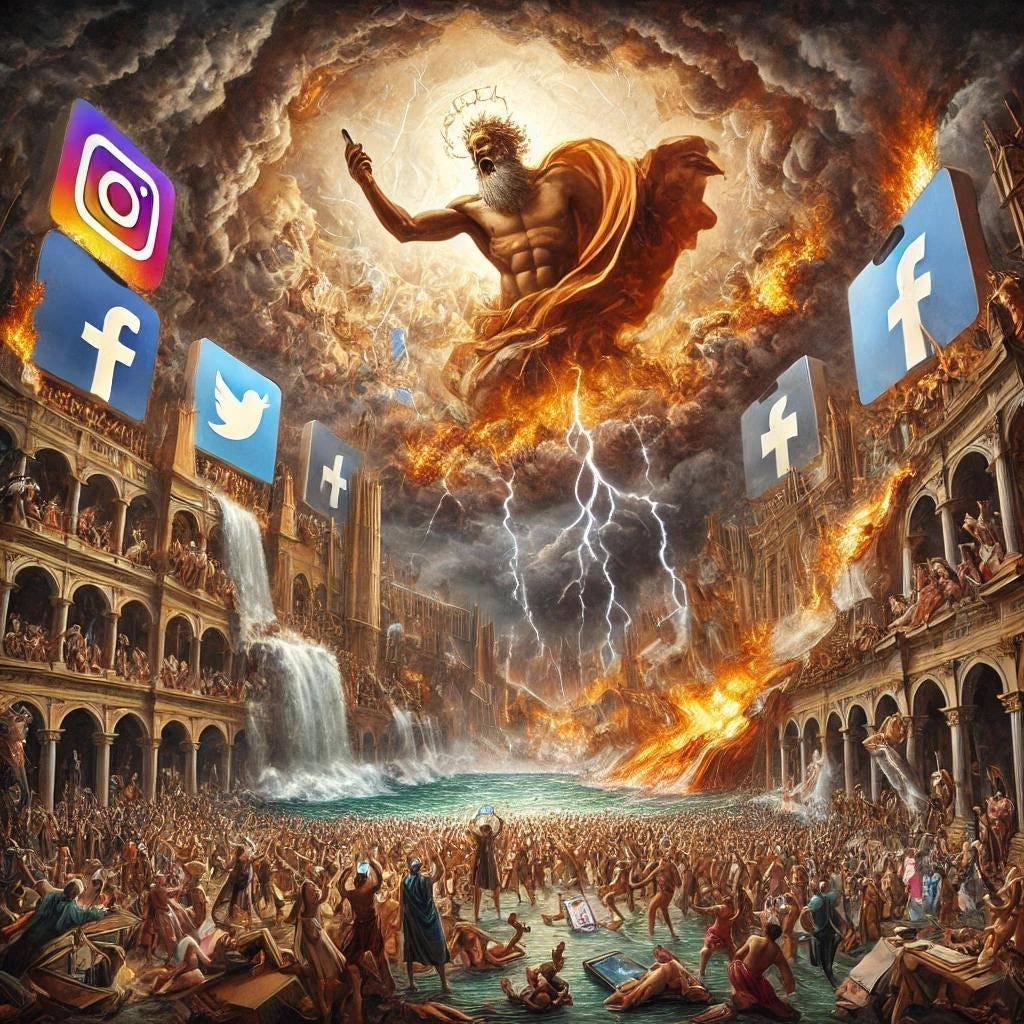The Work of Dystopia
The bleak future of 24/7 online gambling, creator-"controlled" porn, and microfinance built into all transactions is almost upon us (and I'm here for it)

A young person lies awake at night, face aglow from the smartphone’s screen. In the near-future America, millions share this nightly ritual…endlessly scrolling, wagering, and indulging in digital vice, their Phone Hand (PH) and Goon Hand (GH) trapped in a loop of cheap dopamine hits.
Keep reading with a 7-day free trial
Subscribe to Oliver Bateman Does the Work to keep reading this post and get 7 days of free access to the full post archives.



